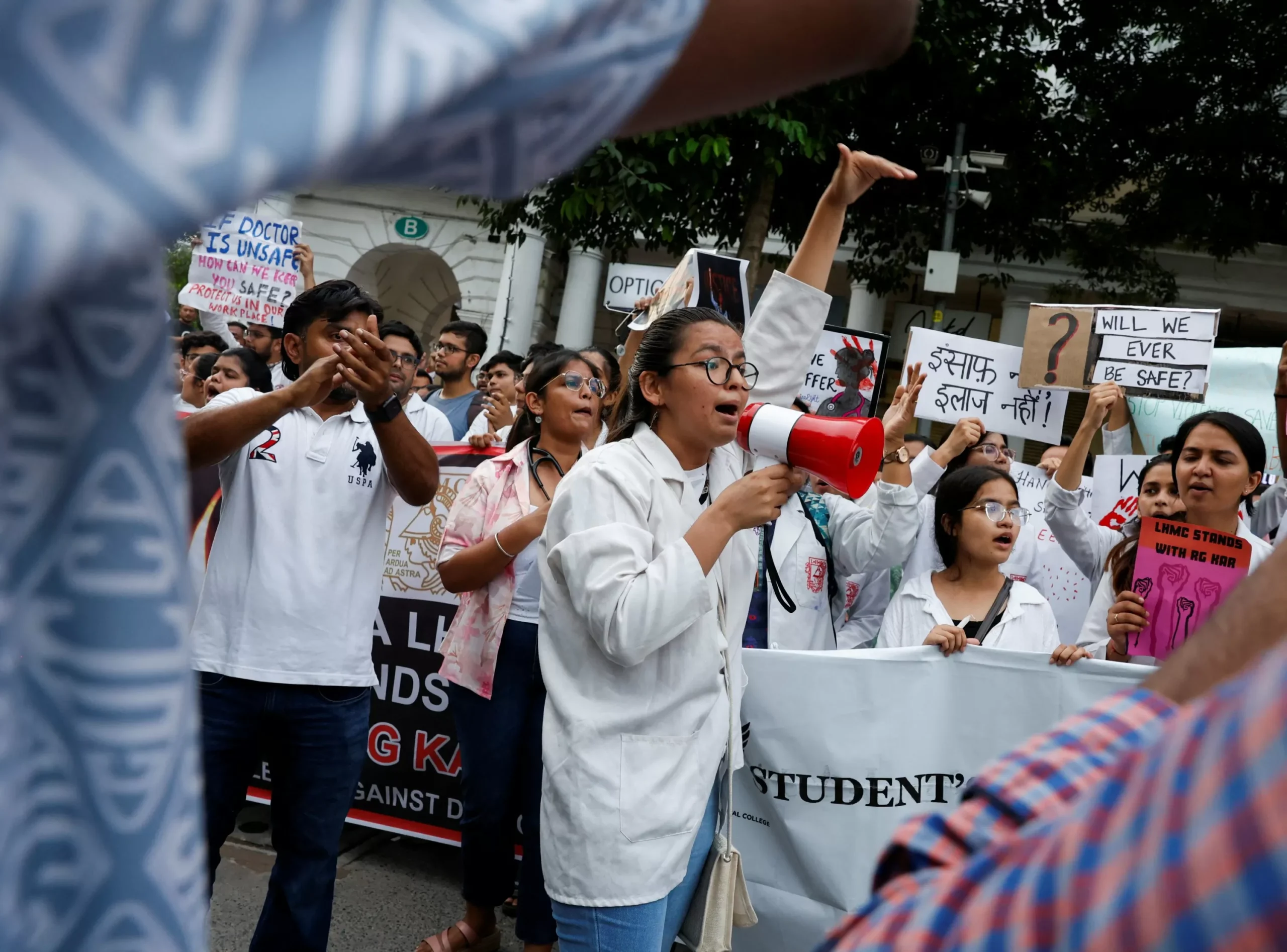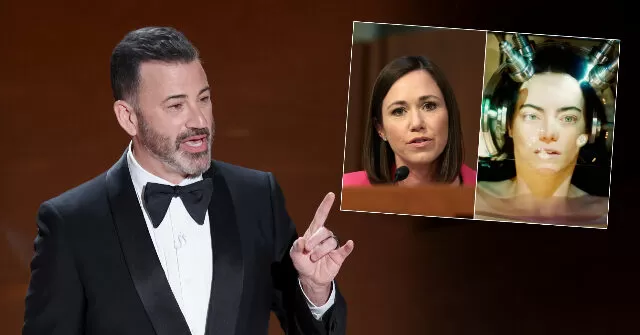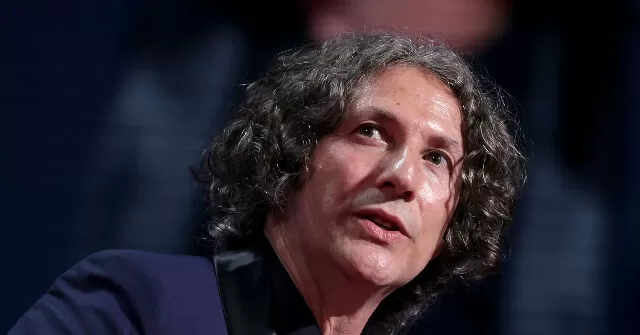Healthcare services across India were disrupted on Monday as thousands of junior doctors continued their protests over the brutal rape and murder of a fellow medic. The incident, which took place in the state of Telangana, has sparked nationwide outrage and has brought to light the unsafe working conditions and lack of security for healthcare professionals in the country.
The victim, a 27-year-old doctor, was returning home from work when she was gang-raped and burned alive by a group of men. This horrific incident has not only shaken the medical community but has also brought attention to the larger issue of violence against women in India. It is no surprise that junior doctors, who work long hours and face numerous challenges in their profession, have taken a stand to demand justice for their colleague and to call for stricter measures to ensure their safety.
The protests, which started in Telangana, quickly spread to other states as junior doctors from different hospitals and medical institutions joined in solidarity. The protest has halted non-emergency services in many hospitals and has left patients in a difficult situation. However, the doctors have made it clear that they will not back down until their demands are met.
The demands put forth by the protesting doctors include better security measures for healthcare professionals, especially female doctors, and a fast-track court to deliver justice in the case of the rape and murder of their colleague. They have also called for a comprehensive review of the working conditions in hospitals and for the implementation of stricter laws to protect healthcare workers.
The response from the government has been mixed. While some state governments have assured the doctors of their safety and have taken steps to address their demands, others have resorted to threats and force to end the protest. However, the doctors have remained steadfast in their determination to bring about change and have vowed to continue their protest until their demands are met.
The protests have also brought into focus the larger issues plaguing the healthcare system in India. Lack of infrastructure, shortage of staff, and inadequate resources have been longstanding issues in the country’s healthcare sector. The protesting doctors have rightly pointed out that these problems not only affect their own well-being but also compromise the quality of patient care.
The incident has also highlighted the need for a more empathetic and supportive work culture in hospitals. Junior doctors, who often work long and stressful hours, face immense pressure and are expected to perform to the best of their abilities at all times. In such an environment, it is crucial for hospitals to prioritize the mental and emotional well-being of their staff and provide them with the necessary support and resources.
The protests have garnered support from various sectors, including other medical professionals, women’s rights activists, and the general public. The hashtag #IStandWithDoctors has been trending on social media, with people expressing their solidarity with the protesting doctors. The peaceful nature of the protests has also been commendable, with doctors and other protesters conducting themselves in a responsible and dignified manner.
As the protests continue, it is important for all stakeholders to come together and work towards finding a solution. The government must take immediate steps to address the demands of the doctors and ensure the safety and well-being of all healthcare workers. Hospitals must also take a serious look at their working conditions and make necessary changes to create a safe and supportive environment for their staff.
The protests have brought to the forefront the challenges faced by healthcare professionals in India and have sparked a much-needed conversation about the safety and security of women in the country. It is heartening to see the unity and determination shown by the protesting doctors, and their courage and resilience will surely inspire many to join the fight for a safer and more compassionate society.
In conclusion, the protests by junior doctors across India have not only highlighted the need for better safety measures for healthcare professionals but have also shed light on the larger issues plaguing the healthcare system. It is now up to the government and other stakeholders to take concrete actions and bring about the necessary changes to ensure the safety and well-being of doctors and other healthcare workers. Let us stand in solidarity with these brave doctors and support their fight for justice and a better future for the healthcare system in India.





![Complete BritRail Pass Guide [Types, How to Use It, Pros + Cons]](https://inside-news.uk/wp-content/uploads/2025/06/00221EB4-BCA2-4DBB-6CD4-83DBC37D71FA-120x86.webp)












